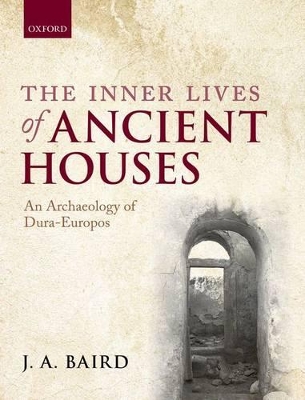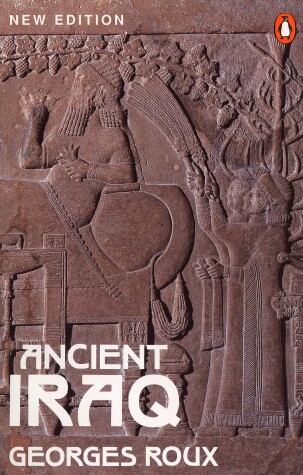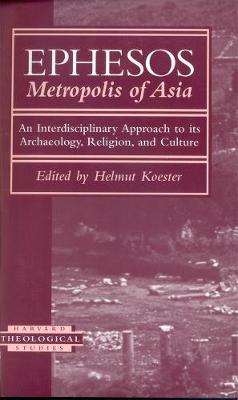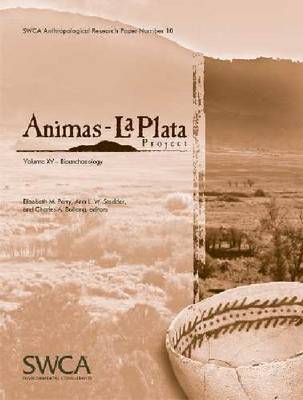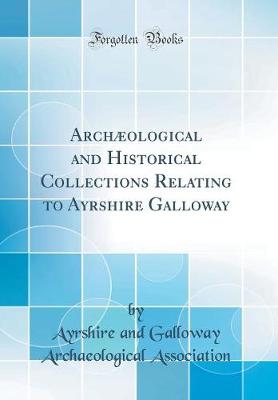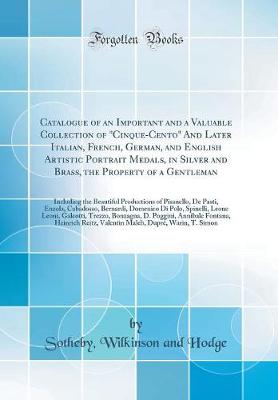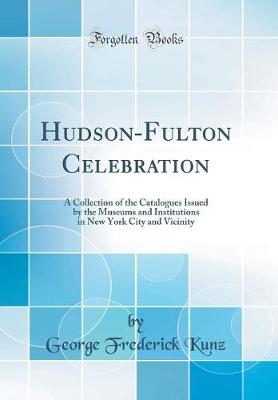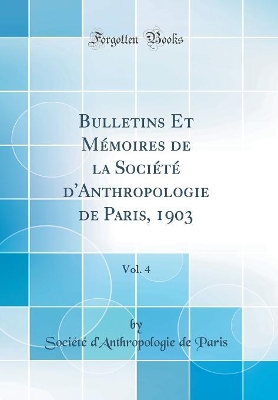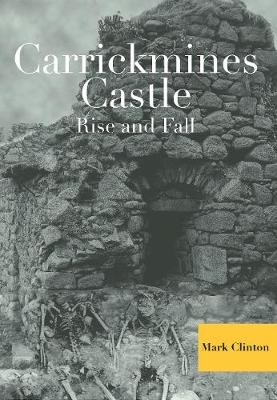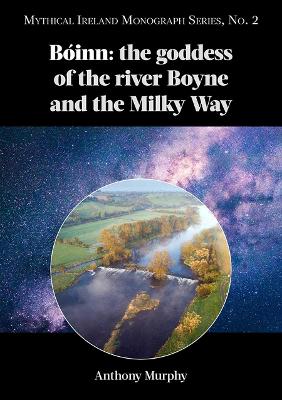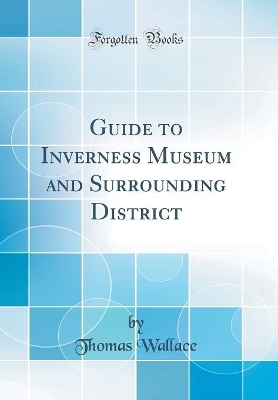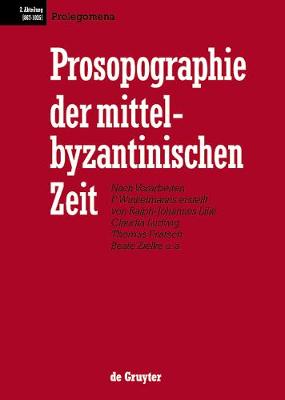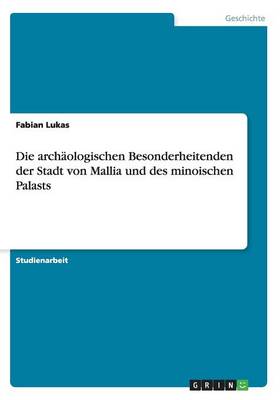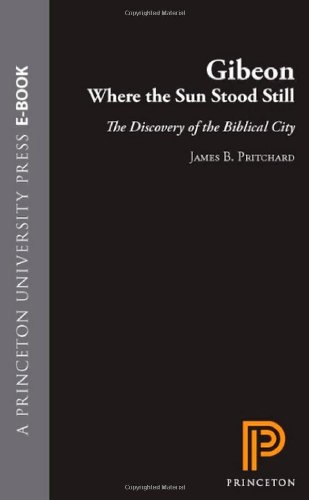Botteghe Romane (Vita E Costumi Nel Mondo Romano Antico, #27)
by Grazia Grimaldi Bernardi
Dura-Europos, on the Syrian Euphrates, is one of the best preserved and most extensively excavated sites of the Roman world. A Hellenistic foundation later held by the Parthians and then the Romans, Dura had a Roman military garrison installed within its city walls before it was taken by the Sasanians in the mid-third century. The Inner Lives of Ancient Houses is the first study to consider the houses of the site as a whole. The houses were excavated by a team from Yale and the French Academy...
First published in 1964, Ancient Iraq is the classic work on Mesopotamia and the great civilizations that sprung from the region bounded by the Euphrates and Tigris. It remains an invaluable primer for anyone fascinated by the extraordinary ruins and artworks which have emerged from generations of archaeological digs. The book gives a lively, comprehensive account, from the earliest city fragments through the Sumerians, Akkadians, Assyrians and Babylonians through to its decline under Hellenisti...
Ephesos, Metropolis of Asia (Harvard Theological Studies, #4) (Harvard Theological Studies (HUP))
This volume brings together studies of Ephesos--a major city in the Greco-Roman period and a primary center for the spread of Christianity into the Western world--by an international array of scholars from the fields of classics, fine arts, history of religion, New Testament, ancient Christianity, and archaeology. The studies were presented at a spring 1994 Harvard Divinity School symposium on Ephesos, focusing on the results of one hundred years of archaeological work at Ephesos by members of t...
Archæological and Historical Collections Relating to Ayrshire Galloway (Classic Reprint)
by Ayrshire and Galloway Archa Association
Bulletins Et Mémoires de la Société d'Anthropologie de Paris, 1903, Vol. 4 (Classic Reprint)
by Societe D'Anthropologie De Paris
Finds from Medieval York (Archaeology of York S., AY 17/15)
Boinn: the goddess of the river Boyne and the Milky Way (Mythical Ireland Monograph, #2)
Guide to Inverness Museum and Surrounding District (Classic Reprint)
by Thomas Wallace
Prosopographie der mittelbyzantinischen Zeit, Prolegomena
by Et Al, Thomas Pratsch, and Professor of Medieval History Ralph-Johannes Lilie
Über das Leben der Phönizier. Wirtschaft, Politik und Kultur der Karthager im Altertum
by Sigrid Vollmann
Die archaologischen Besonderheitenden der Stadt von Mallia und des minoischen Palasts
by Fabian Lukas
Gibeon, Where the Sun Stood Still (Princeton Studies on the Near East)
This first book-length presentation of the results of our excavations at el-Jib has been written for the general reader who is concerned with the contribution that archaeology has made to the biblical history of the site.... In telling the story of Gibeon I have tried to show how the tale of the city unfolded week by week and year by year through excavation and study. I have sought to give in these pages a personally conducted tour, as it were, of the ruins of ancient Gibeon and what we have see...

